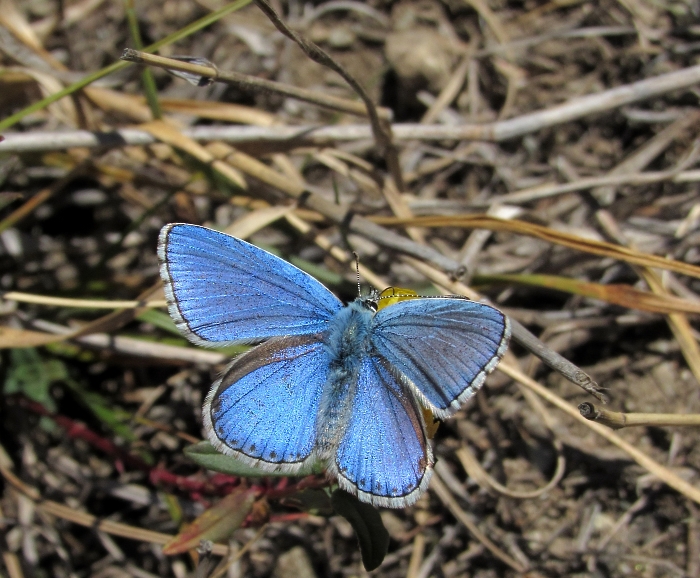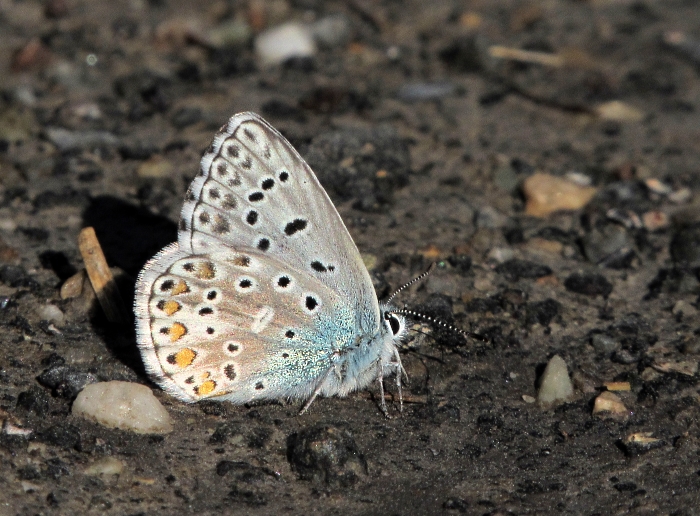
Male, Switzerland, September 2017
Refresh page if pictures don't load fully:

Male, Switzerland, September 2017

Male, Switzerland, May 2017

Male, Switzerland, October 2014

Male, Switzerland, November 2017

Male, Switzerland, September 2012

Male, Switzerland, September 2012

Male, Switzerland, May 2005

Female, Switzerland, September 2013

Female, Switzerland, September 2013

Female, Switzerland, April 2016

Female, Switzerland, April 2017

Male, Switzerland, October 2017

Male, Switzerland, October 2014

Female, Switzerland, June 2013

Female (left) and male (right), Switzerland, October 2011

Female, Switzerland, September 2011

Female, Switzerland, September 2006

Switzerland

Distribution
The Adonis blue is a familiar butterfly of chalkland over most
of
Europe, though absent from the North and rare in southern England.
Fresh males are unmistakable with their brilliant, deep and
gleaming
uppersides, enhanced by refractive tints that make them quite unlike
their relatives. Even when worn they retain this structural brilliance
from certain angles. The fringes are chequered right through to the
outer half (common blues may appear slightly chequered but it is only
on the inner half of the fringe) and there is a cell spot on the
underside forewing. Some males show strong spotting around the outer
margin of the hindwing upperside. This is completely absent in others.
Females are brown above with varying amounts of blue at the base of the
wings. Sometimes the blue may be very extensive and take on some of the
refractive hints of the male. This is called form ceronus.
Alternatively, it may be completely absent. The underside is similar to
that of the male, though much browner. It can be tricky to tell brown
female Adonis blues from female chalkhill blues. As a rule, female
Adonis blues have a few blue scales in the white outer edge of the
upperside hindwing lunules - outside the black spot. Female chalkhill
blues lack these scales. These are not at all obvious, however, in worn
individuals and their apparent absence cannot be taken as an indicator
of chalkhill blue.
Adonis blues fly in two broods from April, in the south,
through to
October or November in favoured spots (like the Rhône Valley of
Switzerland, for example). Females of the first brood cannot therefore
be mistaken for females of chalkhill blue, which is single-brooded. The
main foodplant is horseshoe vetch, though crown vetch is also used. The
species hibernates as a caterpillar. Like most blues, Adonis blues have
a close relationship with ants, gaining protection from them in the
larval and pupal stages. This is part of the reason they are only found
in warm places where the grass is kept relatively short and the ants
can thrive.